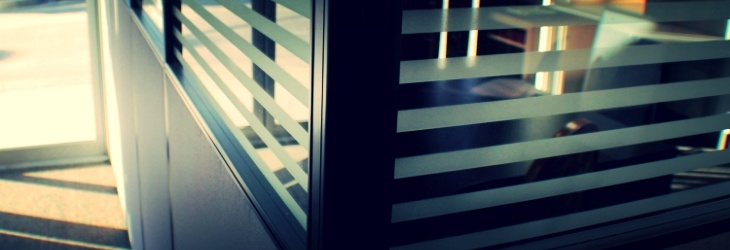You rent a new facility and installed permanent partitions, fancy lights and a large boiler. With a 15-year lease, it looks like you’re set until retirement. After a year of happiness, the building burns to the ground. You learn that you can’t collect for the loss of the permanent items you installed.
Why? Because they legally became the landlord’s property. Where will you find the funds for a new location? The value of improvements to the real estate of others can be very expensive.
A person investing in improvements and betterments (alterations) to rented property can insure the use value of the changes. Permanently installed items or items that devalue the property if removed generally become the landlord’s property.
You can insure against the loss value of your changes. This begins at cost. But as the years go by, since you have had the use of your improvements, it is less. Conversely, the landlord can insure the value of your improvements. The term improvements and betterments is an old one intended to convey any type of improvement.
Another term, trade fixtures, is an important one because it conveys items like counters that can be removed legally even though permanently attached to the rented space.
Example. Let’s say I rent your space from you and I do not like the lights. I tear your lights out and install my own of much better quality. I better save your lights because when I leave, the space has to be made usable. In other words it needs lights. The time to set ownership of property installed in a landlord’s building is at the time of leasing.
Tip. A proper lease takes into account questions like who owns what and who will insure what. That’s the key to protecting both the lessee and the lessor.
If you’d like to learn more, contact one of our Licensed Advisors . We’re here to help.
